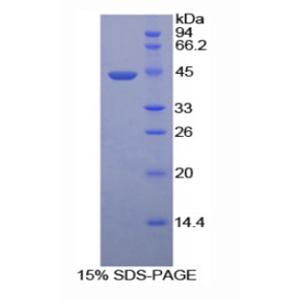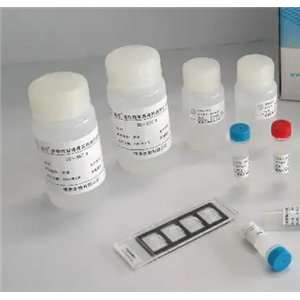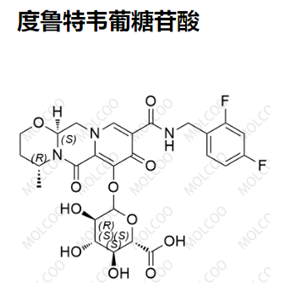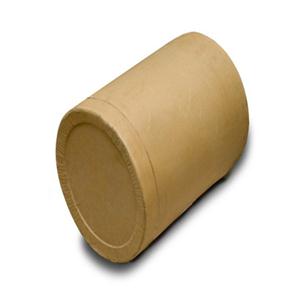透明质酸氨基葡糖苷酶2(HYAL2)重组蛋白
Recombinant Hyaluronoglucosaminidase 2 (HYAL2)
¥2480
50μg
起订
¥4400
200μg
起订
上海 更新日期:2025-02-12
产品详情:
- 中文名称:
- 透明质酸氨基葡糖苷酶2(HYAL2)重组蛋白
- 英文名称:
- Recombinant Hyaluronoglucosaminidase 2 (HYAL2)
- 保存条件:
- 避免反复冻融。2-8°C不超过一个月,-80°C不超过12个月
- 纯度规格:
- > 95%
- 产品类别:
- 重组蛋白
- 货号::
- BES22566RP
公司简介
上海博尔森生物科技有限公司成立于2020年09月02日,注册地位于上海市松江区石湖荡镇石湖新路95号。
上海博尔森生物科技有限公司虽然年轻,但朝气蓬勃,志向远大; 更是一家专注于生命科学与生物技术领域,集产品研发、生产、销售为一体的高科技公司,并立志以竞争力的价格向客户输送高质量的生物试剂。主要研究领域是生命科学,包括分子生物学、细胞生物学、免疫学试剂、重组蛋白,抗体,实验技术服务等多个应用领域。主要产品有:Elisa检测试剂盒、PCR检测试剂盒、抗体、重组蛋白,蛋白定制,细胞系,原代细胞,常用实验试剂,染色液等科研产品。
| 成立日期 | (5年) |
| 注册资本 | 100万 |
| 员工人数 | 10-50人 |
| 年营业额 | ¥ 100万以内 |
| 经营模式 | 试剂,服务 |
| 主营行业 | 生化试剂,抗体,蛋白组学,分子生物学,细胞生物学 |
透明质酸氨基葡糖苷酶2(HYAL2)重组蛋白相关厂家报价
-

- 透明质酸氨基葡糖苷酶2(HYAL2)重组蛋白
- 上海泽叶生物科技有限公司 VIP
- 2025-02-12
- ¥2280
-

- 人1,3-βD葡葡糖苷酶(1,3-βDglucosidase)Elisa试剂盒
- 上海雅吉生物科技有限公司 VIP
- 2025-02-13
- ¥1200
-

- 度鲁特韦葡糖苷酸 多替拉韦葡糖苷酸 C26H27F2N3O11
- 深圳摩科生化科技有限公司 VIP
- 2025-02-13
- 询价
-

- 透明质酸酶生产厂家
- 武汉克米克生物医药技术有限公司 VIP
- 2025-02-13
- 询价




